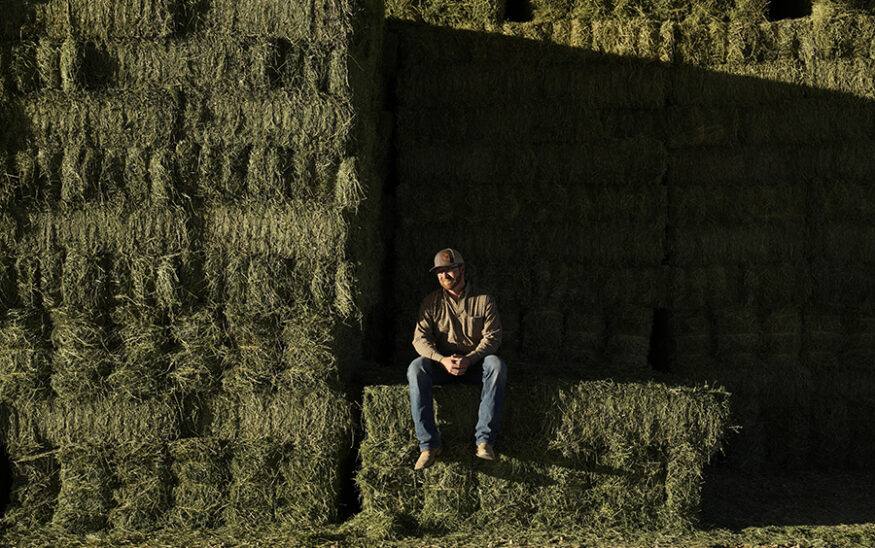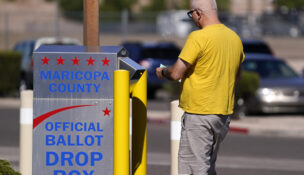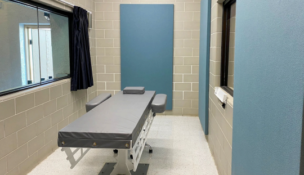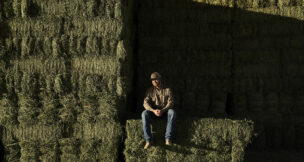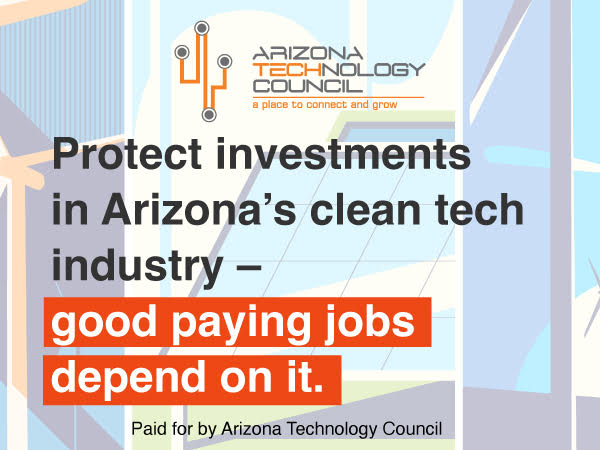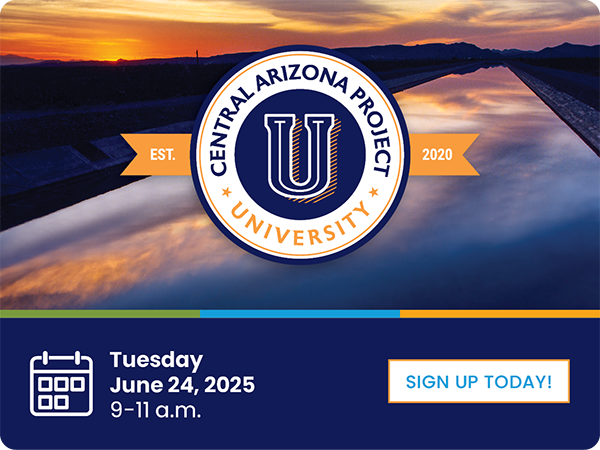Groundwater protections sought in La Paz County amid lawsuit
Kiera Riley Arizona Capitol Times//October 25, 2025//
Groundwater protections sought in La Paz County amid lawsuit
Kiera Riley Arizona Capitol Times//October 25, 2025//
Key Points:
-
Public nuisance lawsuit at crossroads on attorney general’s authority to sue
-
Litigation stands to impact potential state regulation of basin
-
Outcome could impact extent of oversight on agricultural water use
As the attorney general continues to assert authority to sue alfalfa farm Fondomonte Arizona for excessive groundwater pumping under the state’s public nuisance law, a La Paz County supervisor is urging greater groundwater protections in the same basin through state regulation.
Although at early stages, the ongoing lawsuit and any eventual active management area (AMA) could intersect and ultimately impact Fondomonte’s groundwater stake in the Ranegras Plain Basin.
“Something at some point has to give, because we can’t keep going at the rate that we’re going,” La Paz County Supervisor Holly Irwin said.
In late 2024, Attorney General Kris Mayes sued Fondomonte Arizona, a Saudi-owned alfalfa farm operating in La Paz County, under the state’s public nuisance law, alleging the company’s groundwater pumping has led to declining water levels and quality, dry wells, sinking land and depleted aquifers — all of which threaten the survival of the Ranegras Plains Basin.
Fondomonte is asking the court to dismiss the lawsuit, claiming the state’s public nuisance claim is essentially just a dressed-up attempt at groundwater regulation, which, under the Groundwater Management Act, or GMA, falls out of the attorney general’s authority and into the hands of the Arizona Department of Water Resources.
Attorneys for Fondomonte drew parallels between the allegations and the requested relief, and the criteria for establishing an AMA, to contend that the public nuisance claim is “nothing more than a pretext intended to create authority to sue where none exists.”
Clinten Garrett, an attorney for the state, argued that state law, in no uncertain terms, empowers the attorney general to sue for public nuisance, and nothing in the Groundwater Management Act dilutes or impedes that ability.
As for the overlap in public nuisance law and an active management area, Garrett argued public nuisance law must persist, even if the issue is already regulated by another public body.
“After all, problems that tend to create nuisances — dirty air, dirty water, noxious fumes, etc. — are the same problems that tend to get regulated,” Garrett wrote.
Garrett noted there is no provision in the law that prevents the attorney general from pursuing such a claim, and no grounds to argue that the GMA would override the public nuisance law.
In turning to ADWR’s power in the suit, Garrett argued the agency does not have “omnipotent groundwater powers” and is instead limited by statute.
And, if an AMA came about, Fondomonte’s groundwater rights could still be maintained, given a provision grandfathering in those who are “legally withdrawing and using groundwater.”
Garrett notes the disposition of the lawsuit could determine whether Fondomonte’s groundwater pumping is cleared to continue at the same rate under a potential AMA.
ADWR has no plans to get involved in the lawsuit, according to a spokesperson, but has begun to broach the possibility of an AMA in the Ranegras Plain Basin.
At Irwin’s request, ADWR held an informal public meeting on Oct. 15 and collected public comments and questions on whether to take initial steps toward an AMA.
The initial informal meeting was not an official step in the AMA process but “simply an opportunity to inform about groundwater conditions,” Doug MacEachern, communications administrator for ADWR, said.
For the ADWR director to designate an AMA, the department would have to consider comments and criteria at a public hearing and conclude that an AMA is necessary to preserve groundwater supplies, significant land subsidence endangering property or groundwater storage capacity, or groundwater use resulting in degradation of water quality.
To initiate an AMA process via election, voters must submit a petition signed by at least 10% of registered voters within the basin’s boundaries.
The question and answer portion of the meeting showed some mixed sentiments at the outset.
Jennifer Martin-McCleod, a program manager for the Grand Canyon Chapter of the Sierra Club, asked for clear next steps to move a proposed AMA along, while Hein Hettinga, a farmer with GH Dairy, expressed some reservations about limits on water negatively impacting operations.
ADWR collected additional comments and questions beyond the meeting until Oct. 24.
Irwin has been working on groundwater regulation in the Ranegras Plain Basin for about ten years now. She said the decision to turn to an AMA comes after unsuccessful efforts to negotiate an alternative through the Legislature.
“That’s all we have to work with, because we couldn’t come up with an alternative the last two sessions,” Irwin said. “We definitely need groundwater protection, and if an AMA is the only way to solve that and get us the protection we need right now, then any protection is better than no protection.”
As she continues to advocate for the issue, she applauds the attorney general’s efforts, noting the clear impact on her constituents.
“We have people that are losing water, wells that are going dry, people are wondering if they are going to be able to afford to place their well, are they going to have to move?” Irwin said. “These are real problems in La Paz County.”
A spokesperson for Fondomonte declined to comment.

